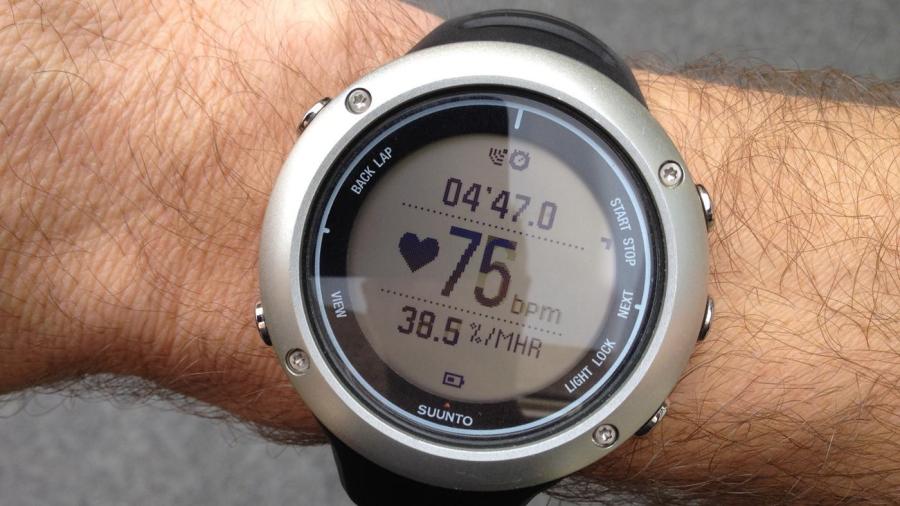What Is a Dangerous Pulse Rate?
Follow Us:
Twitter

According to Mayo Clinic, a dangerous heart rate is a resting heart rate below 60 beats per minute and above 100 beats per minute. The condition tachycardia refers to a pulse rate above 100 beats per minute, while the condition bradycardia refers to one below 60 beats per minute.
According to the Heart Center, arrhythmia is also a dangerous pulse rate, defined as irregular beating of the heart. Types of arrhythmia include atrial fibrillation, premature atrial contraction, atrial flutter, sick sinus syndrome, supraventricular tachycardia, sinus bradycardia and Wolff-Parkinson-White syndrome. The danger resulting from arrhythmia varies based on the type of condition.





